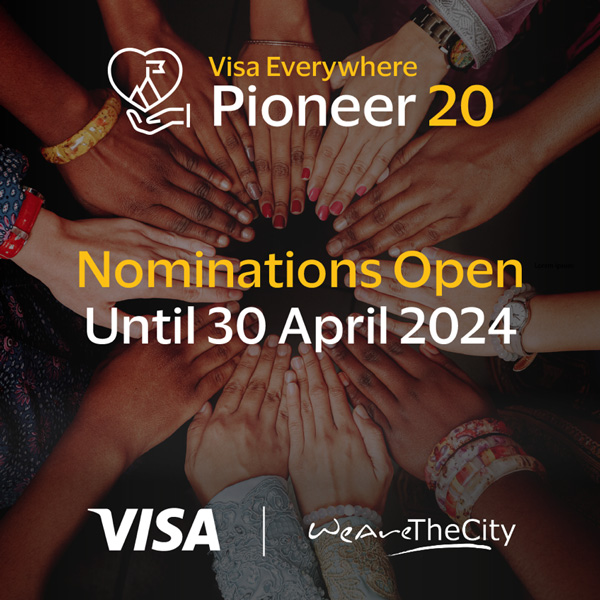Today’s professional environment is constantly changing due to political uncertainties, a constant flow of new technology and increasing transparency.

For this reason, First Line Managers (FLMs) need to be on the ball at all times to ensure their company is kept at the forefront of all developments. FLMs are in the middle between the senior management and the employees who deliver the service straight to the customers and thus it is a long held belief that they are some of the most important people in an organisation.
So why do organisations train FLMs but not support them to apply that learning at work? I believe that there are four keys to developing an exceptional FLM training programme to ensure that FLMs demonstrate proficiency on the job even while they are being trained:
Shift the perspective from ‘event’ to ‘journey’
Have you ever become proficient at something new simply by taking part in a training session? Didn’t think so! In my experience, developing a new skill requires the person to go through a repeatable and systematic journey and so any effective training programme needs to be a learning journey made up of a variety of activities rather than a single training event.
Create a journey that allows FLMs to prepare, learn, practise and reflect on the programme and build processes into your programme which make sure that the FLM moves through the journey..
Build in collaboration with managers
So, just how will FLMs demonstrate proficiency? The obvious answer is that they should demonstrate the skills they have developed in training to their manager. The programme should provide a framework that managers can use with the FLMs to question and coach them, FLMs should be given well-defined ‘missions’ to complete back at work which their manager can review with them, and the programme should provide an easy-to-use system for collating this feedback.
Build in deliberate practice
As I have previously mentioned, practising the skills learnt from a training programme is vital. To help FLMs maximise the benefits of on-the-job application, structure if for them to slow it down, for example use a simple three-step model: prepare, perform, reflect. One of the main dangers of trying to build in practice is that your FLMs will simply forget about it whilst in the hustle and bustle of their work lives, however technology is a great way to make it easier for participants as it allows both themselves and their managers to keep track of their work, and to communicate with one another.
Make results visible
When we insist that FLMs demonstrate proficiency, we need to ensure that they are succeeding. Don’t just ask them to practice, ask them to log down what they’ve done and what the outcomes were, and ask their line managers to validate this. Using technology means that both FLMs and their managers can see the progress through the programme and the results they’re achieving along the way. It also means that the L&D function can see aggregate data which demonstrates the real value of the programme.
About Stephen Fortune
Stephen joined the Oxford Group in 2016 as a Principal Consultant. His experience extends across a range of high profile projects and clients including The Children’s Trust, ED&F Man, Gilead, Novartis, Legal & General, Rabobank, Johnson Press, Sainsbury’s and William Hill and now The Oxford Group.
The Oxford Group is a people-focused business driven by a passion for helping organisations get the best from their people, unleash hidden talent and successfully manage their business through times of change. Since 2015 The Oxford Group has been part of The City & Guilds Group, a global leader in skills development, which enables people and organisations develop their skills for personal and economic growth. For more information, visit www.oxford-group.com








